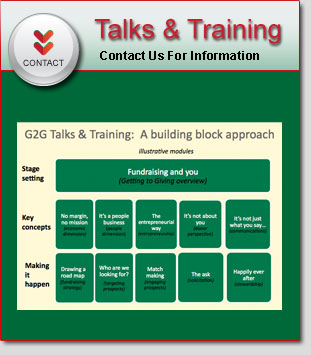I’ve served on my fair share of boards. Some are better than others, whether for-profit or nonprofit. One key success factor, from both the institution’s and the board’s perspective, is recognizing that it’s a give-get relationship from Day 1.
We’ve spoken, in a previous blog, about how to engage new nonprofit board members. You are looking for “the 5 C’s”: connections, capacity, care, community and cooperation. Your candidate is most likely to join your board because she cares about your mission and may have other personal motivations.
It is in everyone’s best interest to clearly define the terms of engagement up-front. It’s a joint responsibility. Time, money and process are the three biggest issues and there are lots of ways to dampen board members’ enthusiasm and effectiveness.
Let’s start with board meetings.
Are schedules and agendas set well in advance? How many meetings are you expecting a board member to attend? How long will they be and will travel be required? Will expenses be reimbursed? How much preparation will be required? Is there clarity about who will decide what?
One organization sent me a 90 page package of information the day before my first board meeting. I scrambled to read it. Then the bulk of the meeting was spent reviewing the same materials. Other, smarter trustees hadn’t bothered to look at them.
My view was that the organization should expect us to be prepared and commit to getting us well-curated materials 10 days in advance. (Too often the board gets information that is way too detailed or “motherhood and apple pie.”) Then we could use our meeting time for discussion and decision making. More work for all of us perhaps but a much more productive and satisfying experience.
Committee work can suffer from similar problems and warrants the same discipline starting with a clear definition of roles. A friend of mine agreed to serve on a nonprofit’s finance committee and then discovered that the job came with (significant) involvement in the audit committee. Oops.
Board members often are expected to be donors too; it’s important to lead by example. One common question is whether they should be required to make a financial contribution at a specified level. Opinions vary but I am a believer in giving according to one’s means and getting a sincere thank you from the institution for whatever that may be.
My final bit of advice is to avoid “nickel and diming” tactics. A donor signs up for an annual gift. Then there’s the gala, and the matching gift campaign, and the special program drive and the… Frustrated, my solution has been to say “Here’s the money. Apply it to whatever you like but please don’t come back for more and make me feel bad.”



